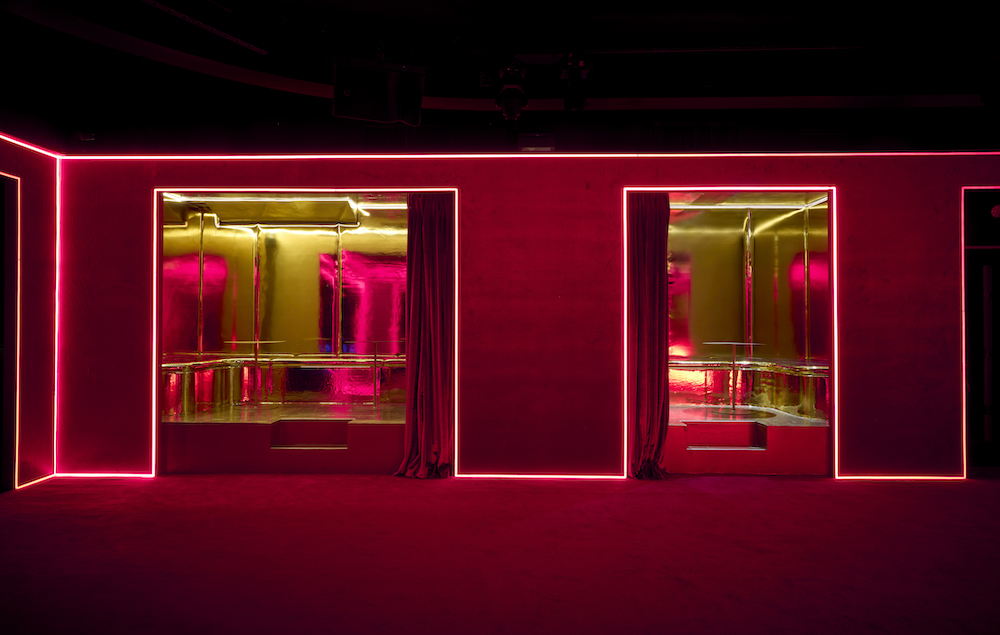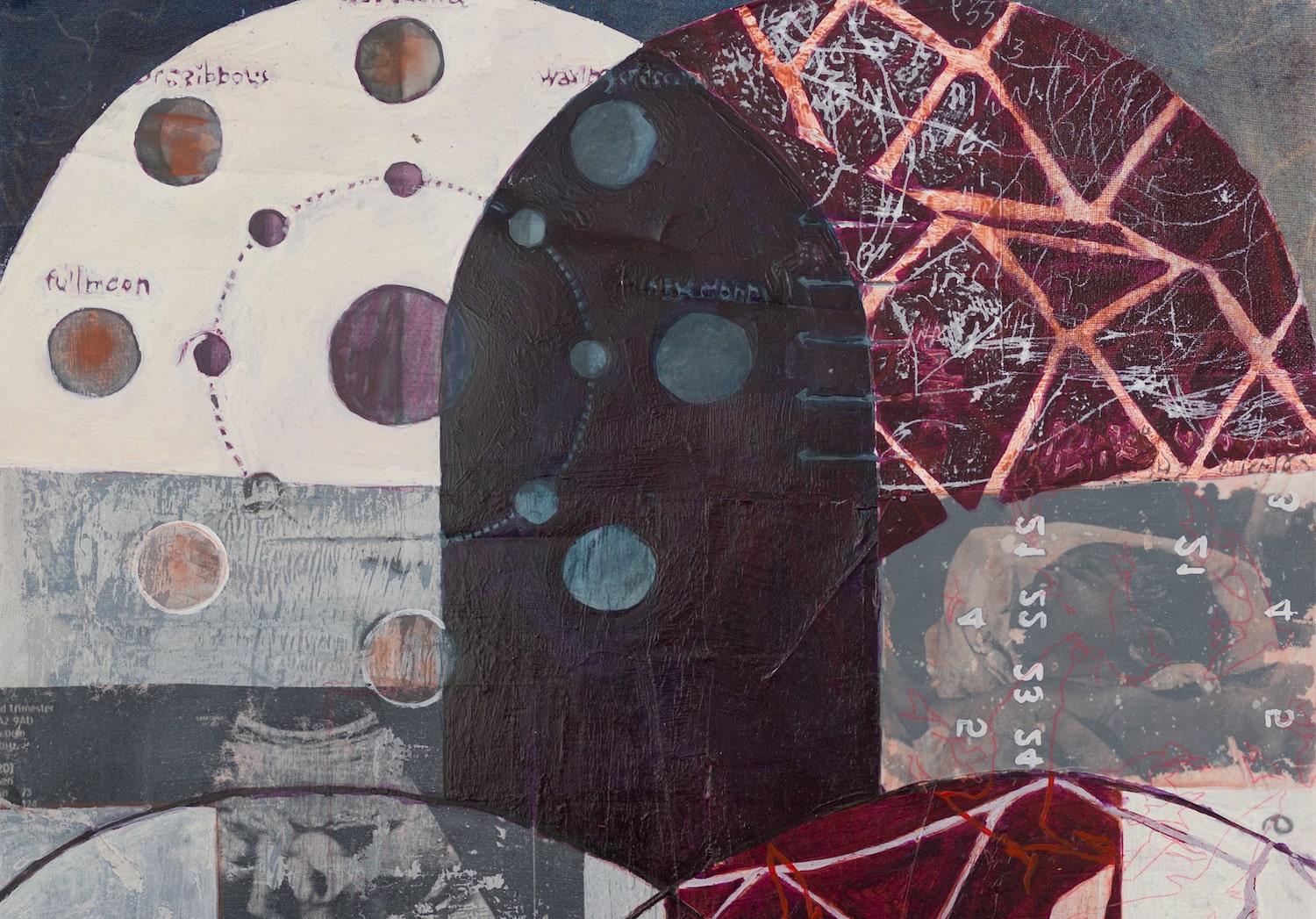Perched atop the flagship boutique on Madison Avenue in New York City, The Gallery at Hermès is gaining a modern buzz all its own. The Gallery has hosted two photography exhibitions per year thanks to the Hermès Foundation, founded in 2008. Although no sales are made, the space provides an introduction to recent projects by emergent artists. Cory Jacobs has managed the space, physically and conceptually, since 2009.
Charles Fréger’s “Wilder Mann,” a series of seemingly aboriginal portraits, led the exhibition schedule this year. WE spoke with Jacobs on the occasion of Martine Fougeron’s forthcoming exhibition, opening September 19. Her series “Teen Tribe” will be displayed as a completed series for the first time since its inception in 2005. The 23 color photographs document Fougeron’s two teenage boys and their transition through adolescence.
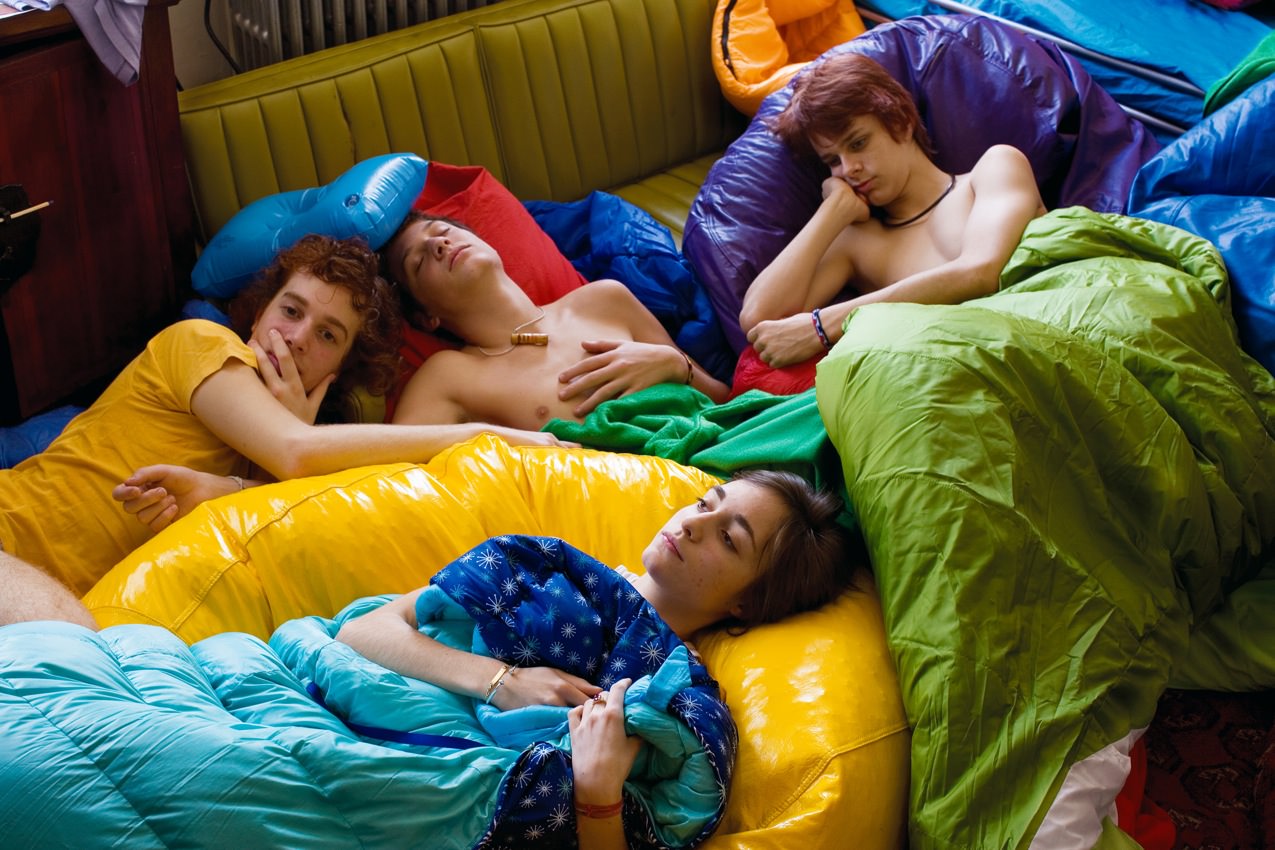
Courtesy of Martine Fougeron and Gallery 339
This exhibition is participating in the 7th annual Crossing the Line Festival, founded by the French Institute Alliance Française in order to expose New Yorkers to the imagination of international artists, through October 13. An upcoming publication of the series will also be released by Steidl upon the series’ presentation. Here Jacobs expands upon her curatorial process and the highlights of Fougeron’s project.
WHITEWALL: This year’s theme centers around metamorphosis and French artists. Why these two themes?
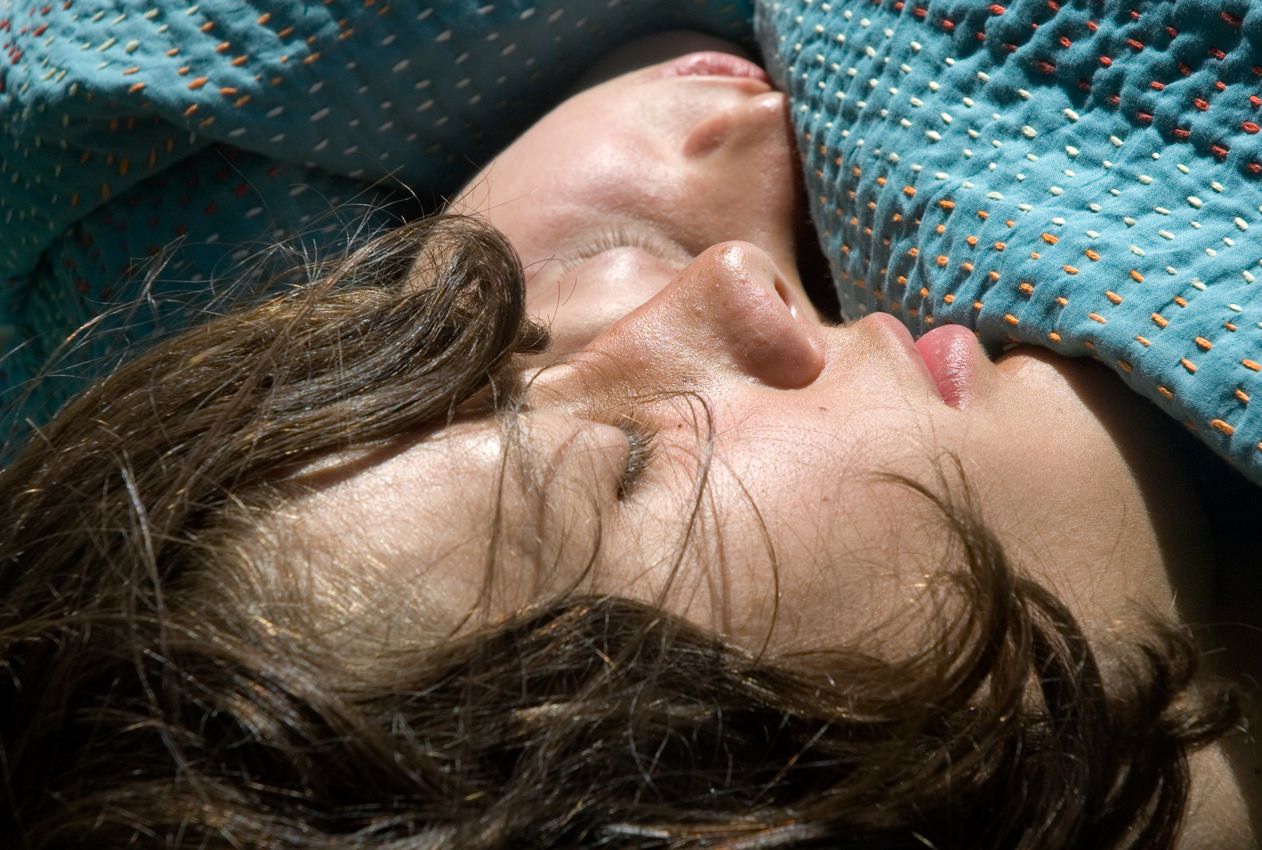
Courtesy of Martine Fougeron and Gallery 339
CORY JACOBS: When I start my research, I often think about how the two shows coexist. Sometimes the connections are quite subtle. This year, what emerged was very concrete: both artists were French and both bodies of work explore metamorphosis whether it occurs during mythological, primitive rituals, or the universal ritual of growing up. Both series also explore the theme of tribes – man’s desire to become both a unique individual and part of a larger group.
WW: How did you go about crafting a narrative from this chronological progression? Was it difficult to fashion based on the somewhat informed observation a mother makes of her children?
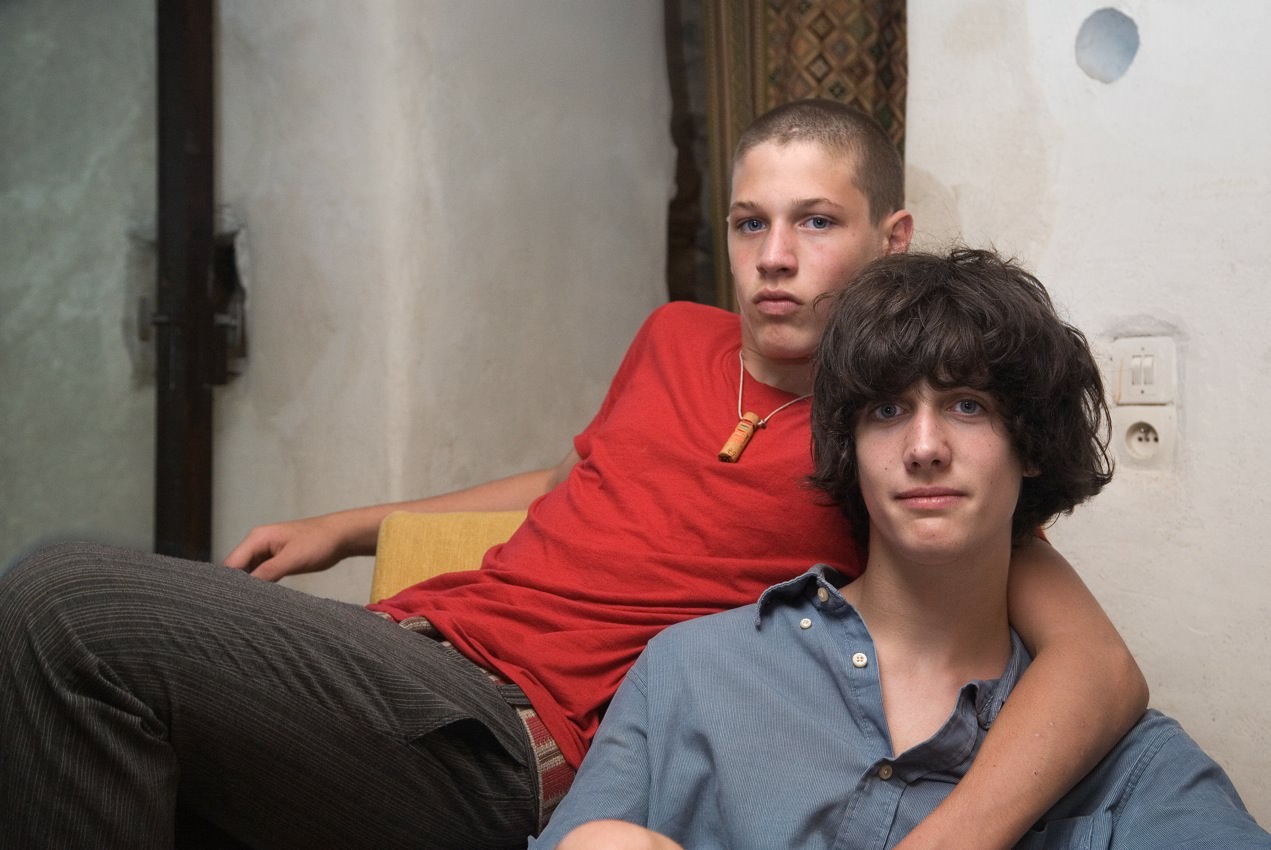
Courtesy of Martine Fougeron and Gallery 339
CJ: Like all great series, the individual images stand on their own as strong photographs living somewhere between caught moments and rigorously composed compositions. I was interested in the progression, the transformation, and the story. Thus Martine and I decided to hang the show chronologically starting when her boys were 13 and 14. The exhibition spans six years of their adolescence.
After a successful career outside of the arts, she turned to photography for the first time since she was a teenager. She enrolled herself in the International Center of Photography and started the series. I met her after she graduated from ICP and was instantly taken. Her eye and the work was much more refined than other graduates – she had life experience. It was therefore a fresh medium that really energized her. Simultaneously, she was balancing her role as a mother and as an artist. It’s the convergence of all these factors that I was drawn to and impressed by.
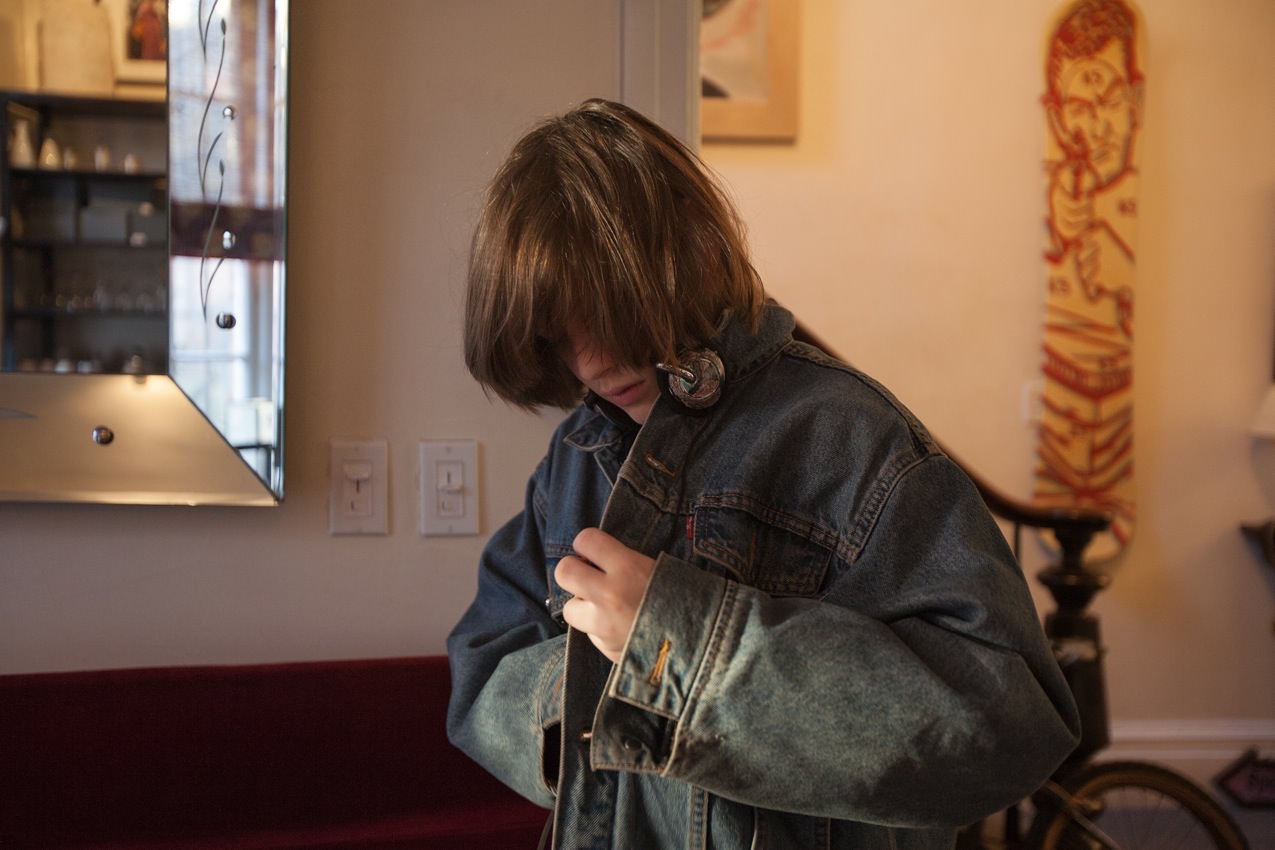
Courtesy of Martine Fougeron and Gallery 339
The other answer to that question is that growing up is universal, so it was not hard to enter the story. The pictures brought me back to adolescence and the complicated beauty of it all. As the mother of a young boy myself, I was really fascinated by the mother/observer element, how she integrated herself into their lives and the lives of their friends in such an unusual way. I asked her once if, when they were small, she was frightened by the idea of parenting adolescents. She said, on the contrary, she was looking forward to it. She wanted it to be a different experience than the more conventional one she had.
WW: Martine splits her time, as do her sons, between France and New York. Do you find the series to be influenced by styles or inclinations coming from either or both locations?
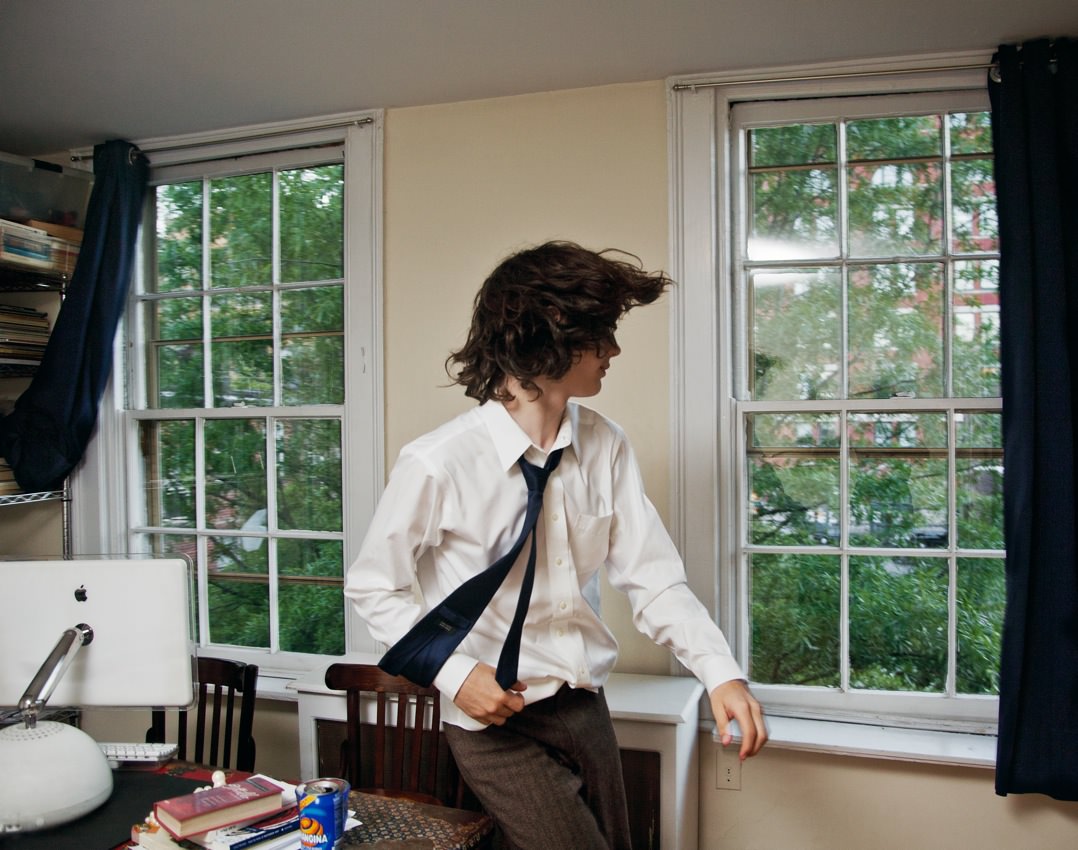
Courtesy of Martine Fougeron and Gallery 339
CJ: Yes, you definitely feel the influence of both New York and France in the photographs. Generally speaking, they spend their summers in France. The photographs made there include a different tribe of kids and exude a feeling of freedom, of summer.
These kids are grappling not only with the typical adolescent questions of identity, but they also live between two countries. Are they American or French? They are French born, but are spending their formative years in America. They also went to school with kids in similar state of cultural limbo and, as a result, the tribe of friends they formed is especially strong.
WW: Moving forward, what do you envision for The Gallery at Hermès? Any insights into next season’s exhibitions?
CJ: Moving forward, I hope The Gallery at Hermès continues to support artists. I hope it continues to be a place to enjoy art for the sake of it, where like-minded cultural institutions like Aperture and the French Institute Alliance Française (FIAF) will continue to collaborate with us.
I am very excited for 2014. We will be presenting the work of Miranda Lichtenstein in the spring and Sharon Harper— who was just awarded a Guggenheim fellowship—in the fall.






